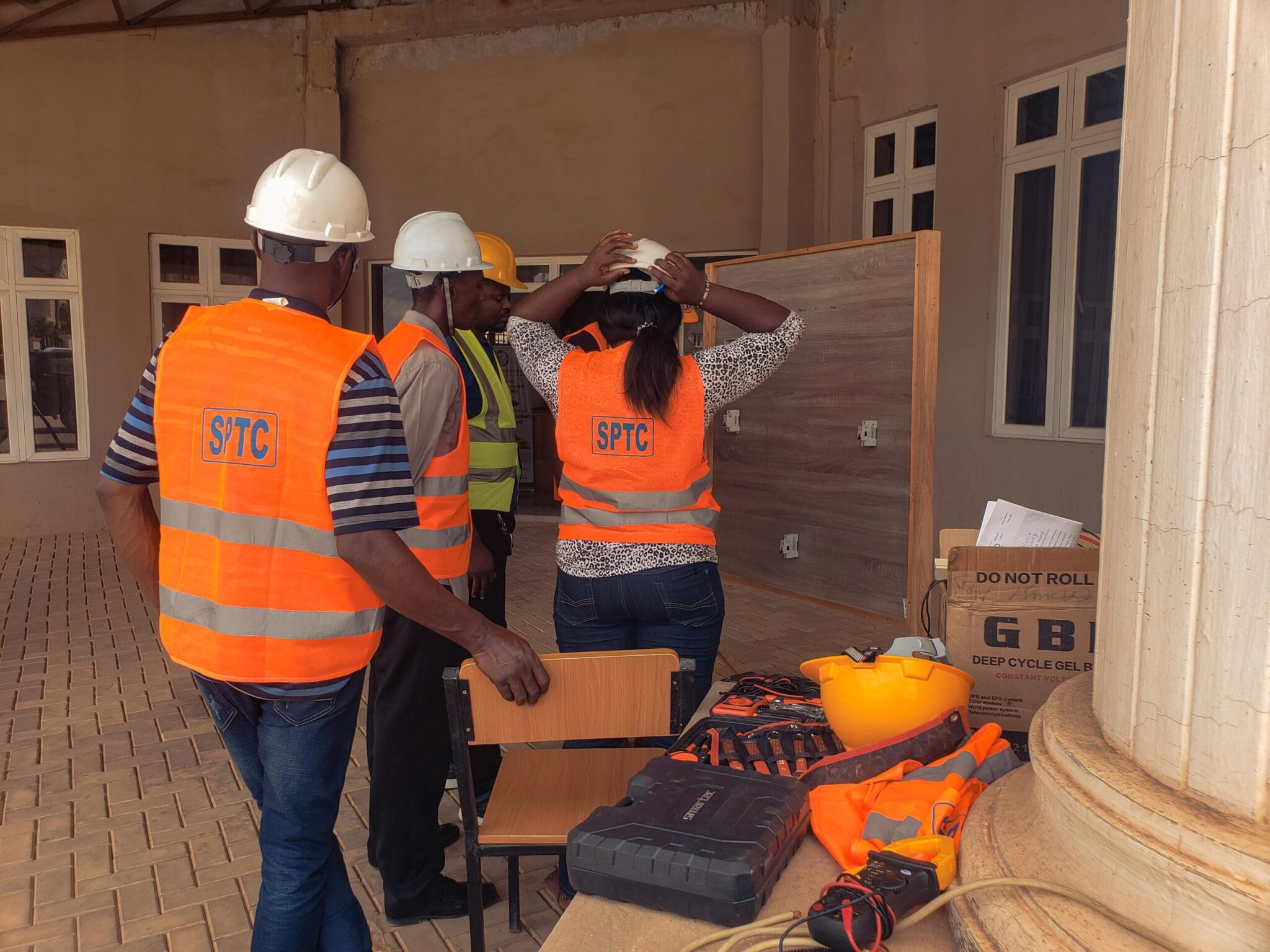
Are you ready for a changing energy landscape? As Nigeria removes fuel subsidies and the price of fuel soars, the way we power our lives is undergoing a significant transformation. Lets delves into the profound implications of the fuel subsidy removal and explore how you can turn this change into an opportunity. Whether you’re an engineer, electrician, solar industry enthusiast, or someone aspiring to own a solar system, this is your moment to shine.
Fuel Subsidy Removal: A Catalyst for Change
The removal of fuel subsidies is set to send ripples through Nigeria’s energy sector. It’s a pivotal moment that demands our attention and action. Are you prepared to make the most of this historic shift and navigate the changing energy landscape with confidence?
We all know some of the resultant effects of the removal of fuel subsidy, As fuel prices rise due to subsidy removal, the cost of living will increase. Higher transportation costs will lead to higher prices for goods and services, impacting consumers’ purchasing power.
The transport industry will face increased operational costs, leading to potentially higher fares for commuters and challenges for logistics companies. This, in turn, may affect businesses’ competitiveness and profitability.
Inflation

An uptick in fuel prices can trigger inflationary pressures across the economy. Inflation erodes the value of money, impacting savings, investments, and long-term financial planning. The removal of subsidies underscores the urgency of diversifying the energy mix. It highlights the need for sustainable and affordable energy sources like solar power to reduce reliance on volatile global oil prices. A transition to alternative energy sources, such as solar, becomes more critical to mitigate the environmental consequences of increased fossil fuel consumption. This shift towards cleaner energy sources creates opportunities for the renewable energy sector, like solar, to flourish. Investments in solar infrastructure and training become paramount to meet the rising demand for sustainable energy solutions.
there are cases where countries have successfully transitioned away from fossil fuel subsidies and towards renewable energy solutions like solar power. These transitions have often been driven by a combination of factors, including environmental concerns, energy security, and economic sustainability. Here are a few examples:
- Indonesia: In 2014, Indonesia began reducing fossil fuel subsidies. This decision was driven by the need to address budgetary constraints and reduce reliance on imported fuels. While not directly tied to solar power, this policy shift opened up opportunities for renewable energy development, including solar. Indonesia has since made strides in expanding its solar energy capacity.
- Egypt: Egypt embarked on a subsidy reform program in 2014, gradually reducing fuel subsidies. This move aimed to alleviate budgetary pressures and attract private investment in the energy sector. Egypt has also invested in large-scale solar projects to diversify its energy mix and meet growing demand.
- Iran: Iran, too, has initiated subsidy reforms in recent years, reducing subsidies on fossil fuels. This has led to a greater focus on renewable energy sources, including solar and wind power, to meet domestic energy needs and reduce reliance on fossil fuels.
The Solar Situation in Nigeria
Installed Solar Capacity: As of 2022, the solar energy capacity in Nigeria amounted to around 37 megawatts. A significant increase of 12 percent compared to the year prior. Furthermore, a dramatic increase compared to 2012 which stood at only 15 megawatts. Africa’s solar energy capacity has been annually increasing since 2011, and had currently reached some 12.6 gigawatts.
Off-Grid Solar: Nigeria’s off-grid solar sector, which includes solar home systems and mini-grids, experienced significant expansion. This growth was driven by both government initiatives and private-sector investments. Various companies were providing solar solutions to rural and remote areas, improving access to electricity.
Government Initiatives: The Nigerian government had launched several initiatives to promote solar adoption, including the Nigerian Electrification Project (NEP) and the Rural Electrification Agency’s (REA) initiatives to provide solar power to underserved communities. In 2021 and 2022 the National Directorate of Employment (NDE) partnered with Solar Power Training Centre to deliver nationwide solar training to 25 participants in each of the 36 States of the federation and FCT. These programs aimed to increase energy access and stimulate economic development.

Commercial and Industrial Solar: Nigeria’s commercial and industrial sectors were also adopting solar power to reduce energy costs and enhance sustainability. Large-scale solar installations were becoming more common in industries, such as telecommunications and manufacturing.
Policy Reforms: Nigeria had been working on policy reforms to create a conducive environment for solar investment. These reforms included regulatory frameworks for renewable energy, net metering, and feed-in tariffs to encourage private-sector participation. We also have the Council for the Regulation of Engineering in Nigeria (COREN) who are dedicated to combatting quackery within the solar industry by ensuring that accredited training centers meet the highest standards for solar training.
Local Manufacturing: Efforts are being made to promote local solar panel manufacturing in Nigeria to reduce dependency on imported solar equipment and boost the domestic solar industry.
Prosperity Amidst Fuel Subsidy Removal: Unleash Opportunities as a Certified Solar Technician
In this era of change, knowledge becomes our guiding light. As the demand for solar power continues to skyrocket, the cost to learn and become a certified solar engineer and installer will inevitably increase. This is simply the rule of economics – as the value of a product rises, so does its price. By undergoing solar training now, you have the advantage of entering the field before it becomes overly saturated. It’s an opportunity to establish yourself as a skilled professional in a rapidly expanding industry.
As a certified solar engineer, you open up a world of diverse income opportunities, this Solar Photovoltaic Installation (SPVI) certification training programme will give you the knowledge to not only power a home sustainably, but you’ll also gain the expertise to undertake community projects, work as a freelance solar consultant, or secure in-house positions with leading solar companies. Don’t limit yourself to a single source of income when the solar industry offers limitless possibilities.
Conclusion:
The fuel subsidy removal marks a turning point in Nigeria’s energy landscape. As the price of fuel rises, the advantages of solar power become increasingly apparent. Now is the best time to undergo solar training and become a certified solar engineer and installer. It is an opportunity to transform lives, contribute to a greener future, and embrace the enduring significance of electricity in our daily lives. Explore our comprehensive guide on how to become a certified solar engineer and embark on a journey to a brighter, more prosperous future.
See How to Become a Certified Solar Engineer in 2023
Together, let us embrace the solar power surge, unlock new horizons of opportunity, and pave the way to a future where clean, affordable electricity empowers every Nigerian to thrive. By taking action today, you position yourself to capitalize on the growing demand for solar power solutions. Don’t miss out on this opportunity to shape your future and contribute to a more sustainable Nigeria. Let the solar power surge be your pathway to success.

